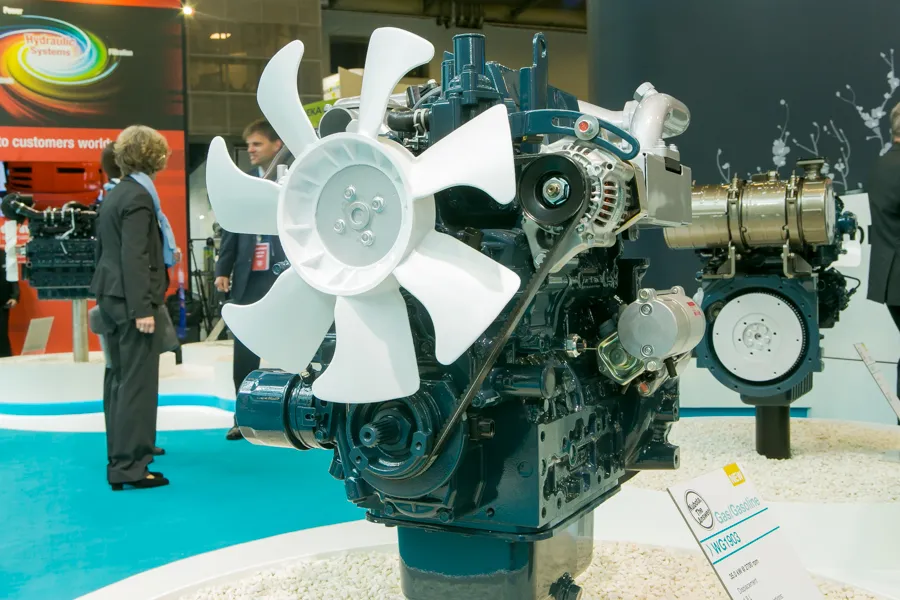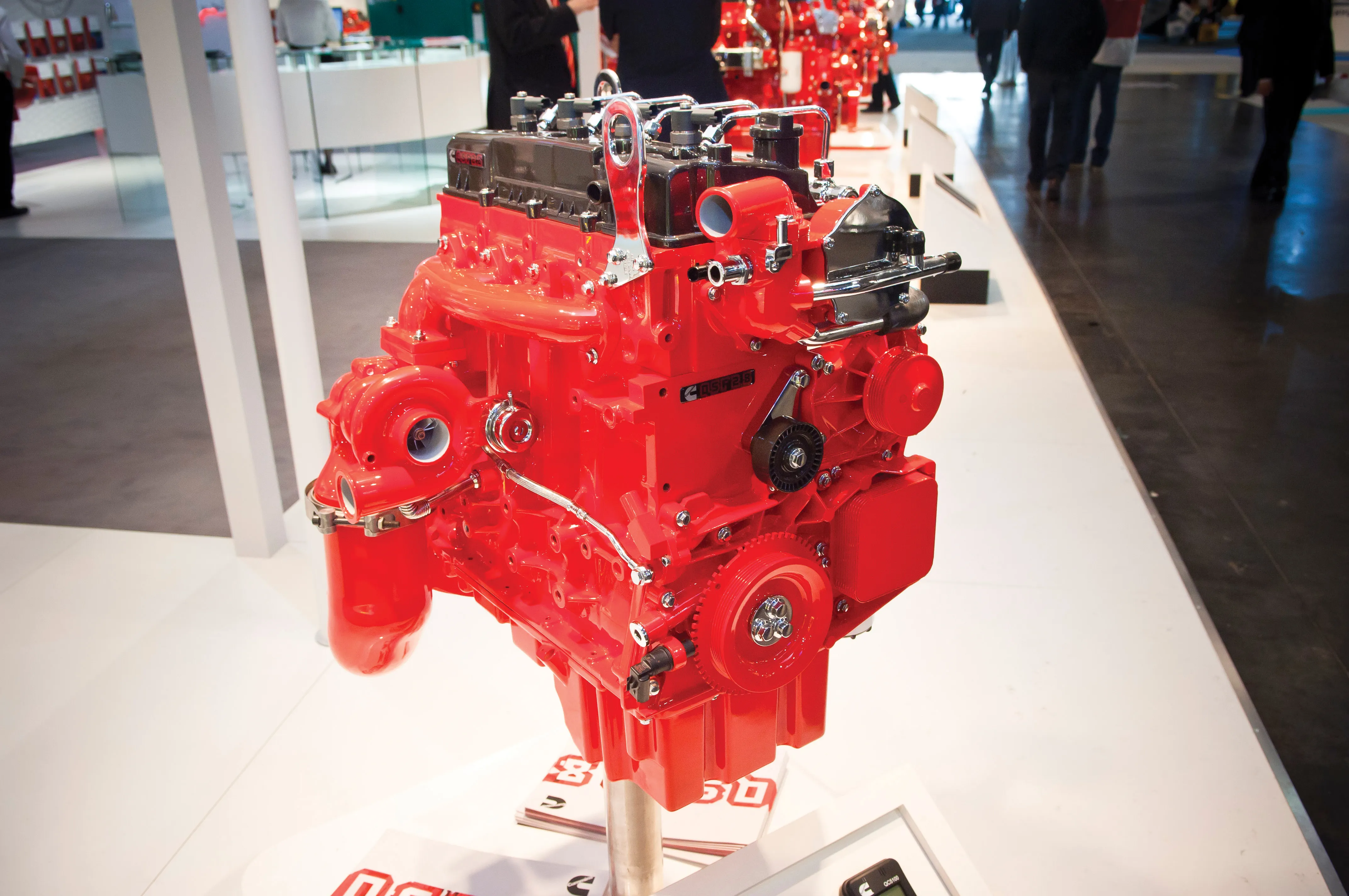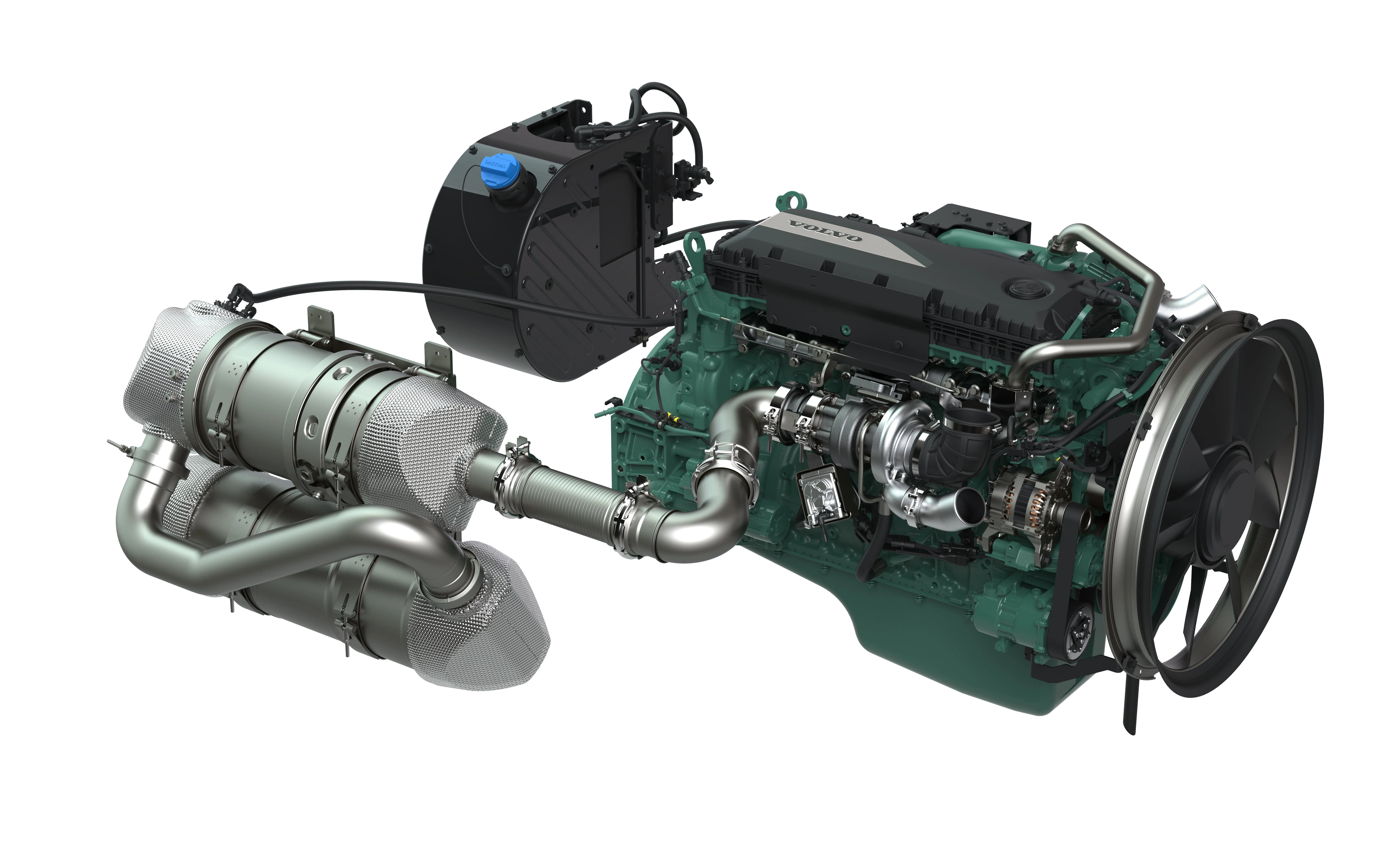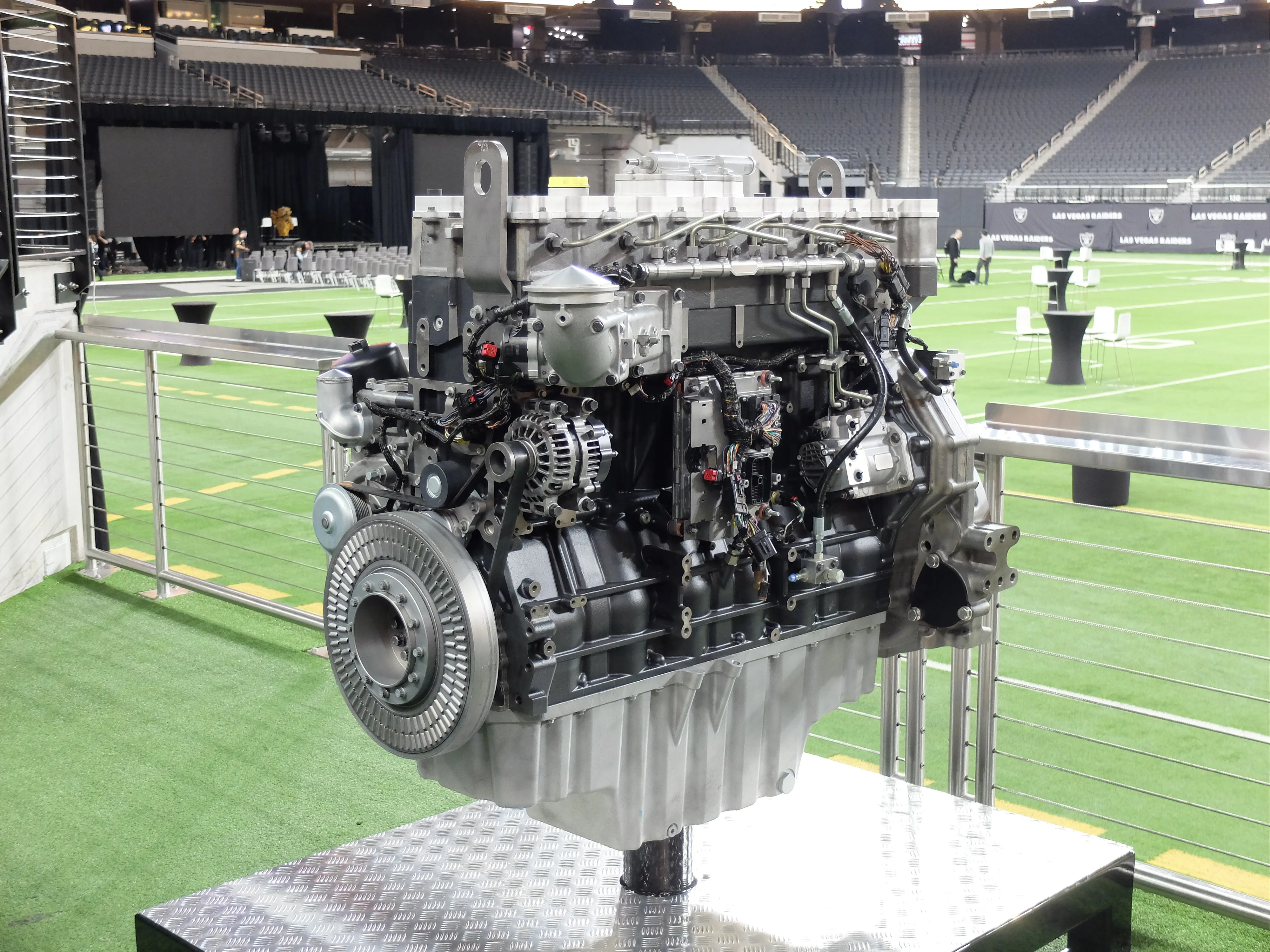
Available to operate on gasoline, LPG and natural gas fuel sources,
“We see some inner city and urban legislation pushing OEM customers towards a different fuel source as an alternative to the 1.8 litre Kubota D1803,” said Daniel Grant, marketing manager of Kubota Europe’s engine division. “The WG1903 is that solution, and has been engineered with the same footprint, architecture and mountings as the D1803, so it is available as a drop-in solution.”
The spark-ignition engine offers a power output of 35kW at 2700rpm, and a slightly larger displacement than the diesel version, at 1.9 litres.









